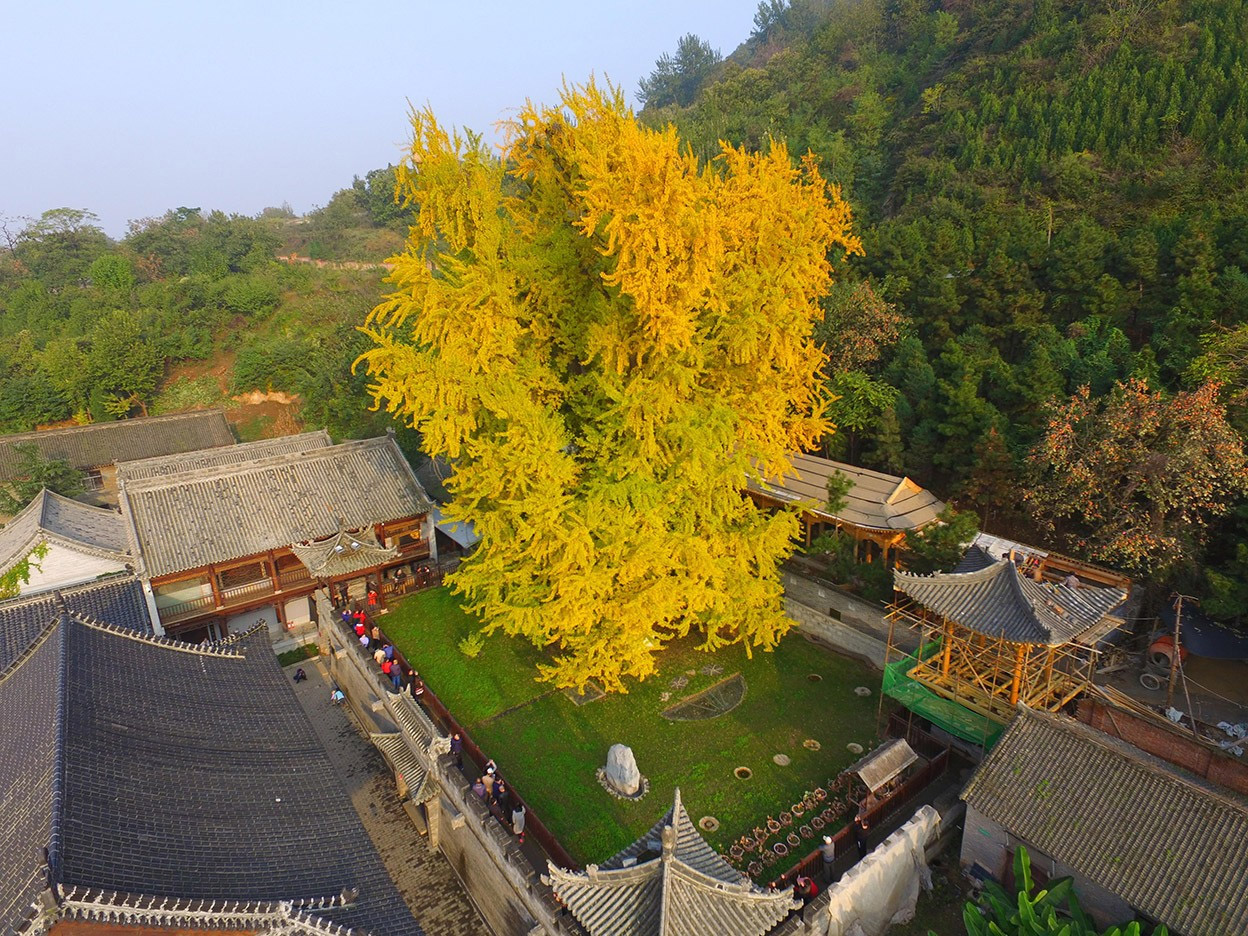Survey uncovers the rich biodiversity protected at sacred Chinese temple sites
Religious monuments in China have provided a refuge for ancient trees for thousands of years, including dozens of endangered species and some that are extinct in the wild, a study of nearly 50,000 trees has found.
The findings, published on 4 June in Current Biology, highlight how cultural and religious traditions can preserve biodiversity and could help scientists to develop strategies for conserving rare species.
It is an example of “where ecological and spiritual values converge”, says study co-author Yongchuan Yang, a conservation researcher at the College of Environment and Ecology at Chongqing University in China. Several species, including Ginkgo biloba, are sacred in Buddhism and Taoism, and have been protected from human activities that have led to a decline in tree numbers outside temple walls.

Sacred sanctuaries
Yang and his colleagues used national inventories to compile a database of 46,966 trees that are more than a century old and are present in human-dominated landscapes, including 5,125 Buddhist and 1,420 Taoist temples. Of the 534 species represented, 61 are classed as threatened — these threatened species accounted for nearly 6,000 trees on the list. Moreover, eight tree species were found only on temple grounds.
The researchers found that the density of ancient trees inside the temples was more than 7,000 times higher than those outside temples and in the wild. Trees at temple sites are also older than those outside them, with a mean age of 261 years compared with 203 years. Some of the trees growing on temple grounds had been there for 2,000 years. These trees have important ecological roles, the scientists say: they contribute to nutrient recycling, provide habitats for animals and insects and increase biodiversity.

Comparing the genetic diversity of trees located at religious sites with the natural population could reveal the extent to which the threatened species are “genetically diverse and therefore resilient”, says Paul Smith, a plant-conservation biologist at Botanic Gardens Conservation International in Kew, UK.
Yang agrees that exploring the genetic diversity of temple trees could be valuable, and hopes that future research will lead to the development of improved tree-conservation strategies.
(Nature/ Link to the research)








You must be logged in to post a comment.